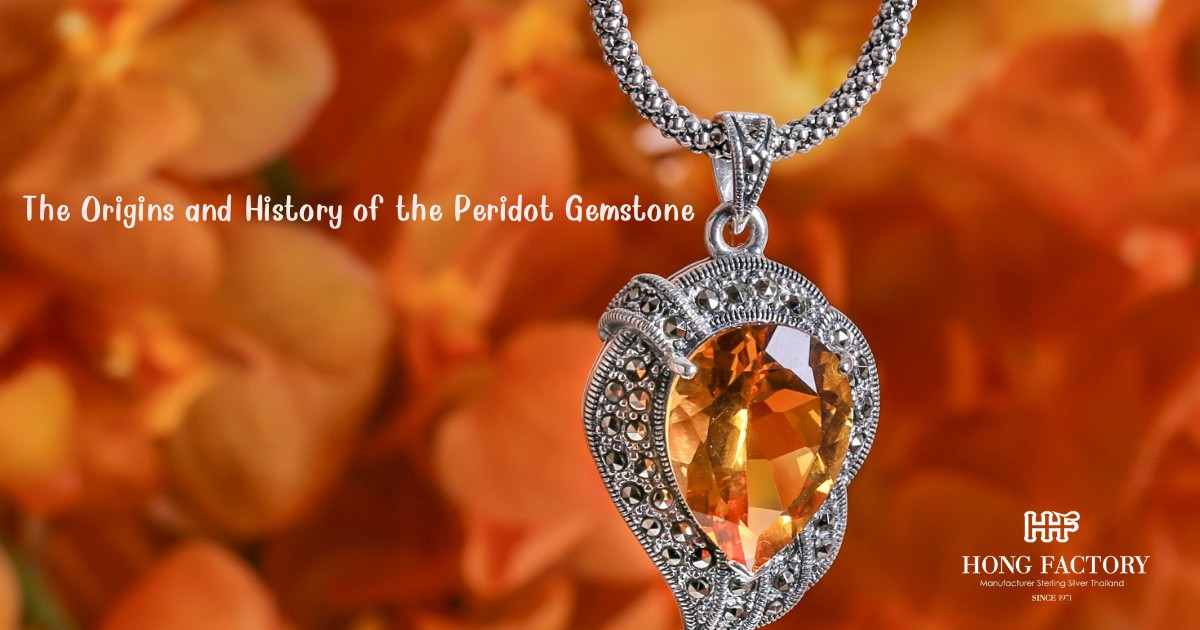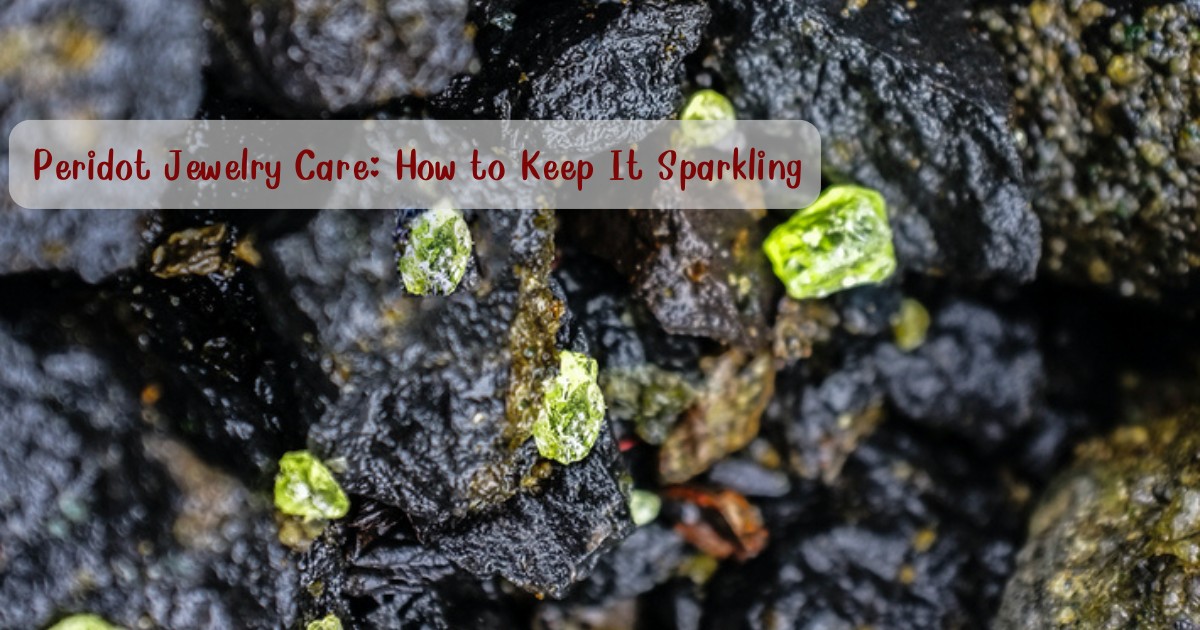Among the world’s most radiant green gemstones, the Peridot Gemstone holds a legacy that stretches back thousands of years. Revered for its vibrant color and spiritual symbolism, peridot has adorned royalty, inspired myths,
and represented light, prosperity, and renewal across many civilizations. In this article, we explore the fascinating origins, history, and cultural significance of this timeless gem that continues to captivate jewelry lovers and collectors alike. marcasite

The Natural Origins of the Peridot Gemstone
The Peridot Gemstone is one of the few gemstones formed deep within the Earth’s mantle, rather than the crust. It is brought to the surface through volcanic activity, giving it a fiery, elemental origin.
Scientifically, peridot is a gem-quality variety of the mineral olivine, composed of magnesium and iron silicate. Its signature green hue comes from the presence of iron—an element that gives the stone its distinctive color range from yellow-green to deep olive.
What makes peridot unique is that its color is entirely natural. Unlike many other gemstones, it is not heat-treated or enhanced, meaning its glow is pure and unaltered by human intervention. Interestingly, peridot is also found in meteorites, making it one of the few gemstones that exists both on Earth and in outer space.
Ancient Egyptian Beginnings: The Gem of the Sun
Peridot’s recorded history begins in ancient Egypt more than 3,500 years ago. The Egyptians mined it on the volcanic island of Zabargad (now known as St. John’s Island) in the Red Sea.
They called it the “gem of the sun,” believing it contained the energy of Ra, the sun god. To the Egyptians, peridot symbolized warmth, vitality, and divine protection.
It was said that miners extracted the gems only at night because peridot’s bright glow made it nearly invisible in daylight. The luminous stones were worn by pharaohs and high priests as amulets to ward off evil spirits and bring good fortune. Cleopatra herself was famously fond of green gemstones, and historians believe many of her so-called emeralds were actually peridots.
Peridot in the Ancient World
Beyond Egypt, peridot found significance in other ancient cultures as well:
- The Greeks and Romans admired peridot for its brilliance under artificial light. Romans called it the “evening emerald,” as its sparkle remained vivid even at night.
- The Hawaiians associated peridot with Pele, the goddess of volcanoes and fire. Tiny peridot crystals found in volcanic sand were thought to be her tears.
- In early Christianity, peridot was one of the twelve stones mentioned in the Bible as adorning the breastplate of Aaron, symbolizing divine light and purity.

The Middle Ages: A Stone of Faith and Healing
During medieval times, peridot became popular throughout Europe. Crusaders brought it back from the Middle East, where it had been used in religious artifacts and royal regalia.
It was believed to dispel dark forces and inspire divine love. Clergy often wore peridot jewelry as a symbol of morality and enlightenment.
In addition to its spiritual uses, peridot was also valued for its healing properties. It was thought to calm anger, relieve stress, and protect against nightmares. When set in gold, the stone was believed to strengthen its protective powers and attract prosperity.
Peridot in Modern Times
In the 18th and 19th centuries, peridot became a favorite gemstone in Europe, particularly during the Victorian era. Its fresh green hue was perfect for romantic and nature-inspired jewelry,
often combined with marcasite and intricate silverwork. During this period, peridot symbolized renewal and hope—a reflection of the optimism of the time.
Today, peridot continues to be celebrated for its natural beauty and positive energy. Major sources include Myanmar (Burma), Pakistan, China, Vietnam, and the United States—especially the San Carlos Apache Reservation in Arizona, which produces some of the world’s finest peridot.
The Spiritual and Symbolic Legacy of Peridot
Throughout history, peridot has symbolized light, healing, and abundance. It is often associated with the heart and solar plexus chakras, believed to encourage growth, happiness, and confidence. In crystal healing, peridot helps release negativity and renew emotional balance.
As the August birthstone, peridot represents strength, good fortune, and inner transformation. Its connection to the sun and nature makes it a gemstone of joy and rejuvenation—a timeless emblem of positivity.

The Cosmic Connection: Peridot from Space
One of the most fascinating aspects of the Peridot Gemstone is its extraterrestrial presence. Tiny peridot crystals have been discovered in pallasite meteorites that landed on Earth. This cosmic link reinforces peridot’s reputation as a gem of light and creation, bridging the earthly and celestial realms.
Scientists have also identified peridot in samples from Mars and the Moon, making it a gemstone that truly transcends our planet.
Caring for Peridot: Preserving Ancient Beauty
Peridot has a moderate hardness of 6.5–7 on the Mohs scale. While suitable for everyday jewelry, it requires gentle care to maintain its brilliance:
- Clean with warm, soapy water and a soft brush.
- Avoid ultrasonic cleaners and exposure to harsh chemicals.
- Store separately from harder gems to prevent scratches.
Proper care allows peridot jewelry to retain its glow—just as it has for millennia.
From ancient Egyptian temples to modern jewelry showcases, the Peridot Gemstone has journeyed across time as a symbol of sunlight, prosperity, and renewal. Its luminous color, natural purity, and rich history make it one of the most treasured gemstones in existence.
Whether admired for its beauty, its cosmic origins, or its spiritual meaning, peridot continues to shine as a beacon of light and positivity—a gemstone that connects humanity to both Earth and the stars.



